A Beginner's Guide to Planting Almonds in the Fall
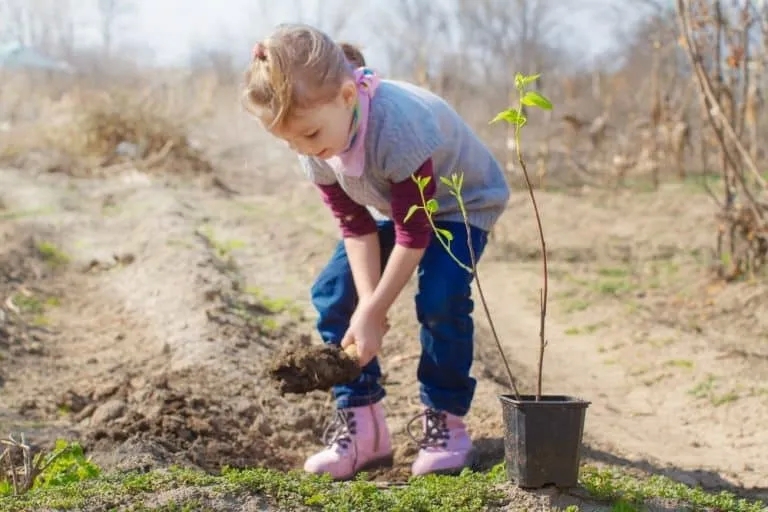
Almond — a unique tree. It boasts a delicate fragrance, beautiful pink-white blossoms, and...
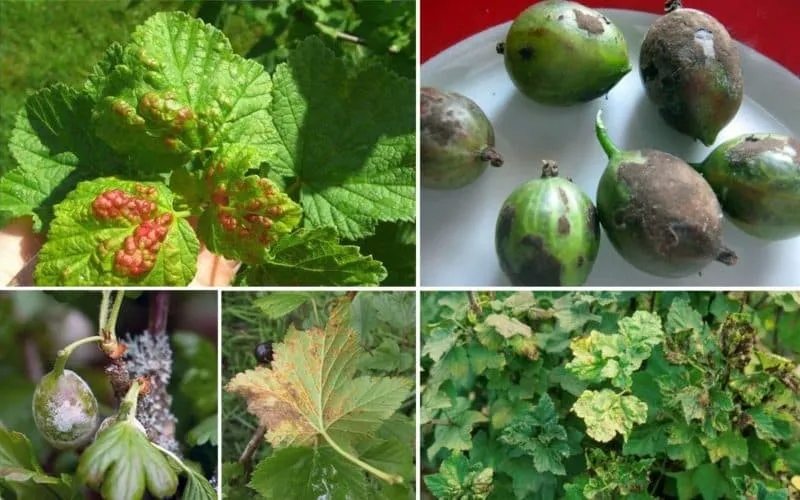
Diseases and pests are the main causes of crop loss and the death of fruit and berry plants. Gooseberries are no exception. Pests that settle on leaves, shoots, and berries reduce the winter hardiness of the plant if not addressed in time, leading to the drying of branches, roots, and foliage, as well as the shedding of flowers and shoots.

In Europe, four types of currants are commonly cultivated (white, black, yellow, and red). Although they differ in berry color, taste, and aroma, the plants are low-maintenance and have similar care requirements. They are susceptible to the same diseases and pests.
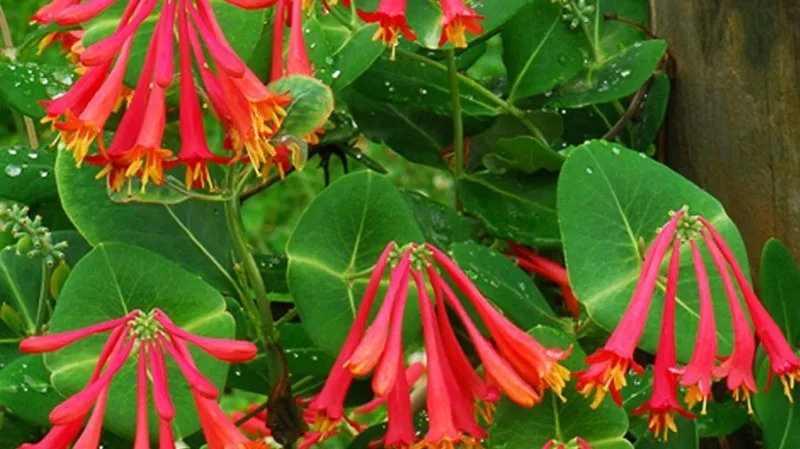
The Dropmore Scarlet honeysuckle is a variety of Brown's honeysuckle. This plant stands out with its striking bright orange or scarlet flowers. After blooming, the decorative appeal of the bushes is enhanced by clusters of red-orange berries. The plant captivates with its lush green foliage, uniquely shaped leaves, and elegant vines that densely cover supports. Read on to learn about planting and caring for Brown's Dropmore Scarlet honeysuckle.
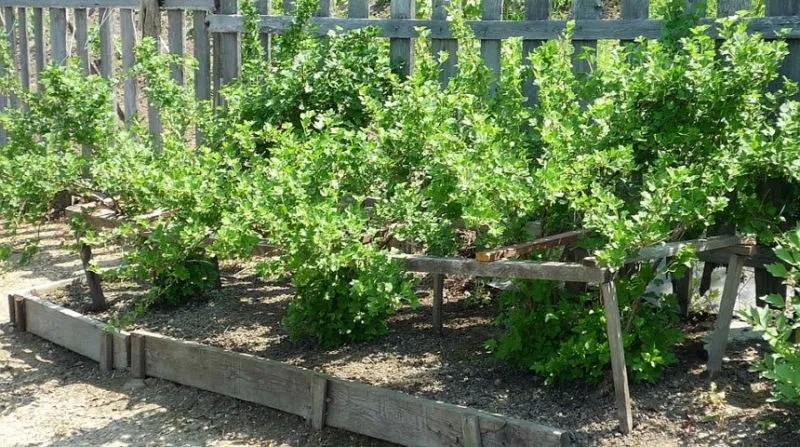
Gooseberry bushes can be planted in a permanent spot either in spring or autumn. Before planting, trim the shoot tips and remove any dried roots. If you choose the right location and follow simple care rules, the shrub can bear fruit for 15 years or more. Learn where to plant gooseberries and how to select good companion plants in this article.
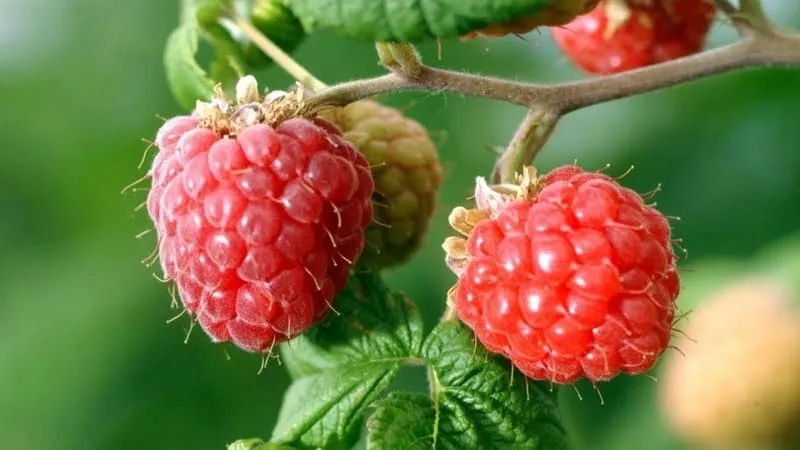
Raspberries are grown across Europe: from the sunny Mediterranean to the cool climates of Scandinavia. Their red and pink berries are a visual delight – even a small raspberry patch can enhance any garden or backyard. Among the many varieties, gardeners particularly favor early and ultra-early raspberries, which yield fruit by mid-summer. These berries are perfect for preserves or fresh consumption. Let’s explore the best early raspberry varieties, their advantages, and unique features.

Grapes are beneficial for pregnant women due to their rich complex of vitamins and minerals. There is a separate field of therapy based on treatment with this fruit – ampelotherapy. The berries strengthen the immune system of the expectant mother, improve cardiovascular health, increase hemoglobin levels, and contribute to the formation of cells in the developing baby.
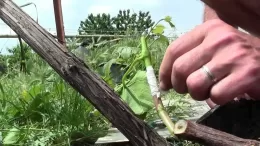
Grafting grapevines is not mandatory, but it is a highly beneficial practice. It enhances the plant's resilience to environmental stressors and improves the quality and yield of the harvest. Some viticulturists even graft multiple varieties onto a single plant to save space in their gardens.
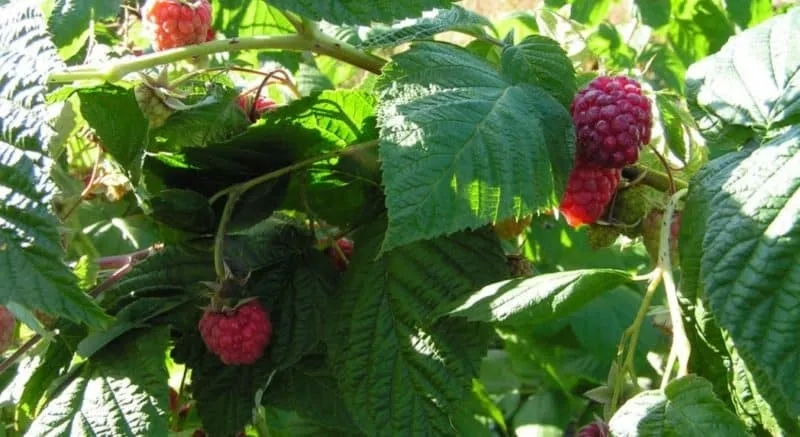
The overall health of the plant and its yield directly depend on the quality of nutrition. European gardeners have been using ash to fertilise raspberries for many years. This organic fertiliser contains a good composition of beneficial nutrients. However, despite its benefits, ash can also cause harm. Therefore, it’s important to know how to properly fertilise raspberries and determine when ash-based fertiliser is needed.

Almond — a unique tree. It boasts a delicate fragrance, beautiful pink-white blossoms, and...
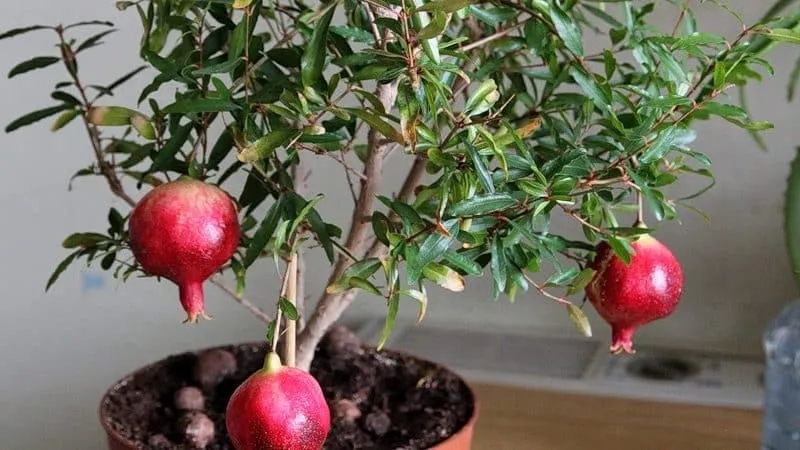
The blooming pomegranate is a sight to behold: against a backdrop of bright lime-green, lacy...
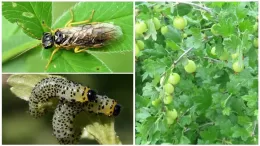
The sawfly — the most destructive insect — can reduce the yield of gooseberries and currants by up...
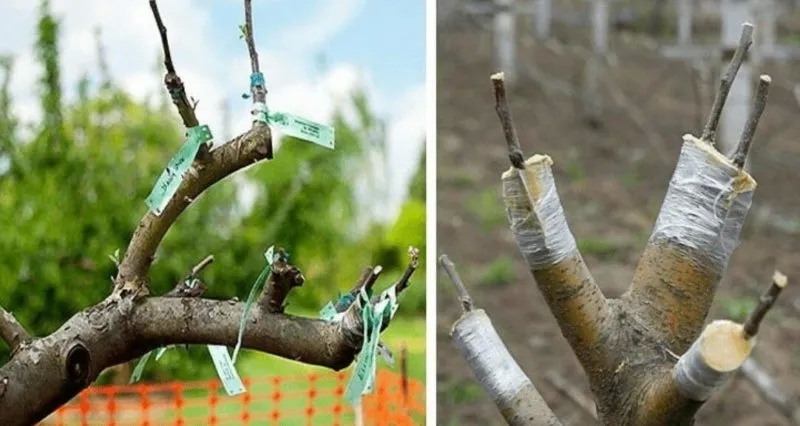
Spring — the most favourable time for garden work. During this period, fruit tree grafting begins....

Raspberries are grown across Europe: from the sunny Mediterranean to the cool climates of...

The word "lemon" refers to both lemon trees and their fruits. This member of the Citrus family...

Nature has provided humanity with a vast variety of fruits that offer beneficial effects on the...

Freshly squeezed orange juice boasts outstanding taste, dietary, and health benefits. Its...